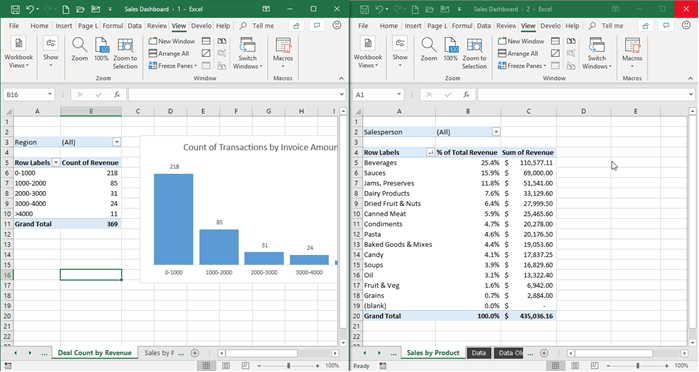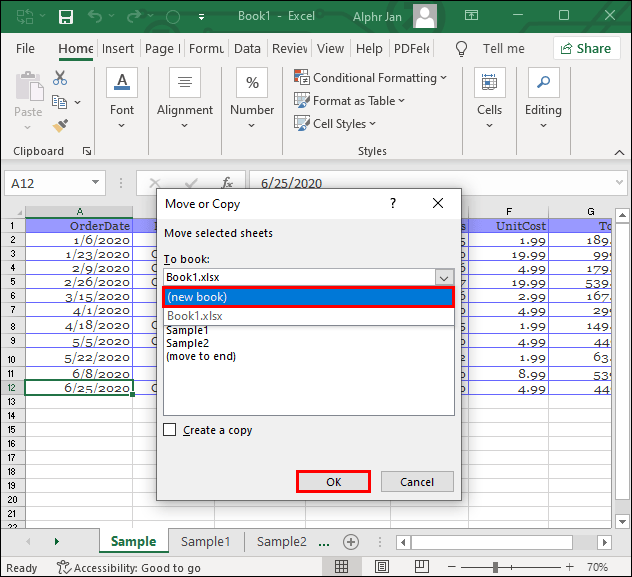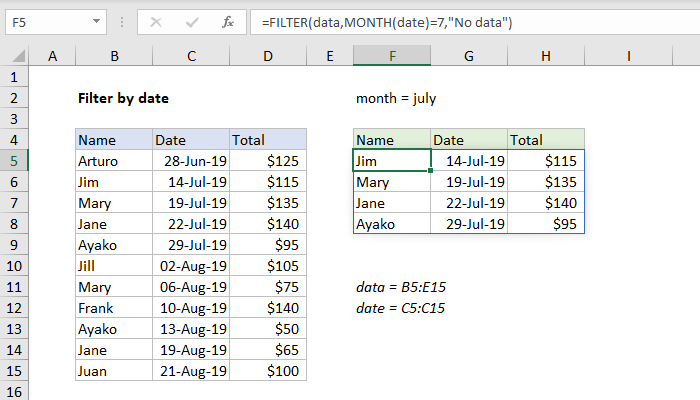5 Ways to Calculate Variance in Excel Quickly

Excel is an indispensable tool for data analysis, providing various functionalities to work with numerical data efficiently. Among these, calculating variance is fundamental for understanding the dispersion of a dataset. Whether you're a statistician, an accountant, or simply someone trying to get insights from your data, knowing how to calculate variance in Excel can streamline your analysis process. Let's explore five different methods to calculate variance in Excel, each offering its own set of advantages for different scenarios.
Method 1: Using the VAR.S Function

The VAR.S function in Excel is used to calculate the sample variance of a range of cells:
- Syntax:
=VAR.S(range) - Example: To calculate the sample variance of values in cells A1 to A10, use
=VAR.S(A1:A10)
Here are some points to consider:
- This function assumes your dataset is a sample of a larger population.
- It applies the degrees of freedom calculation appropriate for sample variance.
💡 Note: Use VAR.S when you're working with a subset of the data and want to infer the variance of a larger population.
Method 2: Using the VAR.P Function

For calculating the population variance, you would use the VAR.P function:
- Syntax:
=VAR.P(range) - Example: To find the population variance of A1:A10, use
=VAR.P(A1:A10)
Keep in mind:
- This function assumes your dataset represents the entire population.
- It does not adjust for degrees of freedom, unlike VAR.S.
Method 3: Using the VARA Function

The VARA function includes text and logical values in the calculation:
- Syntax:
=VARA(value1, [value2], ...) - Example:
=VARA(A1:A10, TRUE)calculates the variance including the value TRUE as 1.
Method 4: Manual Calculation

If you prefer or need to understand the underlying calculation, you can calculate variance manually:
- Find the mean of the data.
- Subtract the mean from each value to get the deviation.
- Square each deviation.
- Sum the squared deviations.
- Divide by the number of values minus 1 (for sample variance) or by the number of values (for population variance).
| Step | Excel Formula |
|---|---|
| Mean | =AVERAGE(A1:A10) |
| Deviation | =A1 - AVERAGE(A1:A10) |
| Square of Deviation | =(A1 - AVERAGE(A1:A10))^2 |
| Sum of Squared Deviations | =SUM((A1:A10 - AVERAGE(A1:A10))^2) |
| Variance | =SUM((A1:A10 - AVERAGE(A1:A10))^2)/(COUNT(A1:A10) - 1) |

🔍 Note: This method is great for educational purposes to understand how variance is calculated.
Method 5: Using the Data Analysis Toolpak

If you frequently calculate statistical measures, you might benefit from Excel's Data Analysis Toolpak:
- Go to File > Options > Add-ins > Go, check "Analysis Toolpak," then click "OK."
- From the "Data" tab, select "Data Analysis."
- Choose "Descriptive Statistics," select your range, and the tool will provide various statistical summaries, including variance.
This method allows for batch analysis, making it efficient for large datasets.
Now that we've covered five different ways to calculate variance in Excel, here are some key takeaways:
- VAR.S and VAR.P are quick functions for sample and population variance respectively.
- VARA includes logical values and text in variance calculations, which can be useful in some scenarios.
- Manual calculation helps you understand the variance computation but might not be as quick.
- The Data Analysis Toolpak offers comprehensive statistical analysis with minimal effort.
In summary, Excel provides multiple avenues to calculate variance, each suited to different needs and levels of user expertise. Whether you're doing quick analyses or delving into deep data exploration, Excel's versatility with variance calculation ensures you have the right tool for every job. Understanding these methods not only enhances your data analysis skills but also allows you to choose the most appropriate technique for your data context.
Why does Excel have both VAR.S and VAR.P functions?

+
Excel provides VAR.S for sample variance, which adjusts for degrees of freedom to better estimate the variance of the larger population. VAR.P is used when your dataset represents the entire population, thus it does not adjust for degrees of freedom. The choice depends on whether you are analyzing a sample or the whole population.
Can I calculate variance for non-numerical data in Excel?

+
Generally, variance is calculated for numerical data only. However, functions like VARA can include logical values (TRUE/FALSE), interpreting them as 1⁄0 respectively, for a variance calculation.
How does using the Data Analysis Toolpak benefit variance calculation?

+
The Data Analysis Toolpak allows you to perform a range of statistical analyses at once, including variance. It’s particularly useful when you need to review multiple statistical measures, as it provides a comprehensive output, making the analysis process efficient for large datasets.



